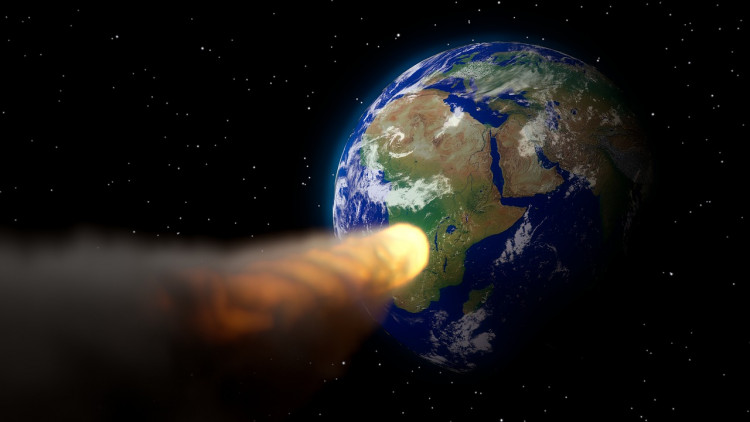A large asteroid is set to swing past Earth later this month, marking the first flyby of an asteroid of this magnitude in 2022. If this asteroid collided with Earth, it may cause a worldwide catastrophe, although this is thankfully exceedingly improbable.
It's nearly two and a half times the height of the Empire State Building at 1 kilometer long, and it's been classified as a Potentially Hazardous Asteroid due to its size and frequent close encounters with our planet.
But don't panic; the asteroid will pass by at a distance of 1.93 million kilometers from Earth, which is around 5.15 times farther than the Moon, making this month's visit a very safe one.
There's just a 133-kilometer margin of error in the trajectory predictions, so there's no chance we'll meet with this asteroid anytime soon.
When it hits our skies, if you're a stargazer, you're in for a treat. The closest approach will take place on January 18 at 21:51 UTC (4:51pm EST).
Astronomers will be able to learn more about the stony, S-type asteroid, which belongs to the Apollo asteroid group, thanks to this close encounter.
The asteroid was first discovered in 1994 by astronomer Robert McNaught at Australia's Siding Spring Observatory.
Its previous near encounter was on Jan. 17, 1933, 89 years ago.
According to Davidson Institute of Science studies, if an asteroid larger than 140 meters in diameter impacted Earth, it would discharge energy at least a thousand times greater than the first atomic bomb.
However, one would have to be far larger to wipe out civilization.
To create an "extinction-level" event, civilization-wiping asteroids would have to be at least a kilometer in diameter.
The asteroid that wiped out the dinosaurs and created the Chicxulub crater in Mexico was believed to measure 9.6 kilometers in diameter.
According to astronomers, there are approximately a million one-kilometer asteroids in the asteroid belt, and the possibility of one of them unexpectedly drifting down to Earth is extremely improbable.
NASA previously indicated that until Asteroid Bennu completes a fly-by, Earth will not be at risk from a potentially hazardous object for more than 100 years.
If Bennu did hit Earth, it will not wipe out life as we know it, but will instead leave a crater 10 to 20 times the size of the asteroid, according to Lindley Johnson, NASA's planetary defense officer. The devastation would be far larger: up to 100 times the size of the crater.




